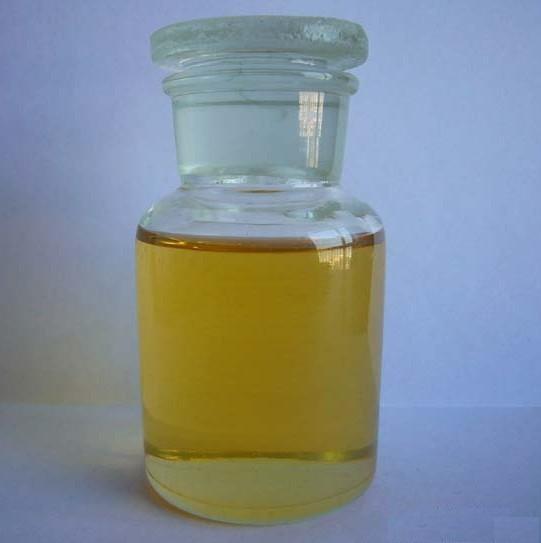A surfactant that has two opposite properties of lipophilicity and hydrophilicity in the molecule. In water-based coatings, dispersants not only play a role in reducing viscosity during the compounding process, but also affect the final performance of the coating.
1. Prevent settlement
The principle of dispersant to prevent sedimentation is the same as above. Pigments with small specific surface area and large particle size tend to settle. The dispersant prevents the pigment and filler particles from flocculating through the action of charge and steric hindrance, and controls the particle size within a certain range, which can prevent the pigment and filler from settling and is beneficial to the preservation of the paint.
2. Prevent flocculation
There are many reasons for the flocculation of pigment and filler particles. Generally, pigments with large specific surface area and small diameter are more likely to flocculate. On the one hand, the dispersant makes the charges on the surface of the two pigment particles different, so that the particles repel each other; on the other hand, through the saturated adsorption layer adsorbed on the surface of the pigment particles, a certain amount of pigment particles are connected to control flocculation.

3. Improve paint leveling
Leveling is the ability of a coating to spread over a given surface. Brush marks in decorative coatings are often caused by insufficient leveling. The leveling performance of coatings is largely affected by pigments and fillers. After the pigments and fillers are introduced into the system, the particles are affected by chemical bonds and physical interactions, the system is unstable, and it is very easy to produce thixotropy and pseudoplasticity, which affects the leveling performance of the coating. When the dispersant is added, because the pigment particles are more stable under the action of the polymer dispersant, the leveling property is improved.
4. Prevent floating color and blooming
During lacquer making, blue and black lacquers are prone to floating and fading. This is because if there is no good wetting, the density, particle size, and movement speed of the two color particles are very different from those of titanium dioxide. One pigment sinks due to gravity and the other floats up, resulting in floating color and blooming. If both particles are well wetted, the random movement of the particles will make the paint tend to be uniform, and the phenomenon of floating color and blooming of the paint will be improved.
5. Improve the tinting strength of the medium color paste of the color paint
For color paints, the addition of polymer dispersants can reduce the average particle size of pigments to improve coloring strength. The dispersant increases the collision stability of finer particles without flocculation, so as to give full play to its inherent coloring strength.
6. Increase the content of pigments and fillers
In the formulation of water-based coatings, when the content of pigments and fillers increases, the collision of particles will increase accordingly during beating, which reduces the kinetic energy of dispersion and increases the viscosity of the slurry , also increased energy consumption. Adding a dispersant can disperse a higher content of pigments and fillers, so that the particles can be broken more quickly, and at the same time prevent the viscosity from rising during the grinding process. In this way, on the one hand, a higher content of pigments and fillers can be dispersed, and on the other hand, the dispersion time can be shortened and energy consumption can be reduced.
7. Improve paint gloss
The smaller the particle size contained in the paint, the higher the gloss. Large particles in the coating either cannot be dispersed effectively, or flocculate, or stimulate crystallization during the preparation process. The polymer dispersant can avoid the formation of large particles due to flocculation and improve the coating film.
8. Improve paint hiding power
The amount of light reflected and passed through the surface determines the hiding power of the paint, which is affected by the type of pigment and the degree of dispersion. For white paint, the addition of polymer dispersant can reduce the agglomeration of pigments and fillers such as titanium dioxide, reduce the particle size to increase the surface area, and further improve the hiding power.

 微信扫一扫打赏
微信扫一扫打赏

